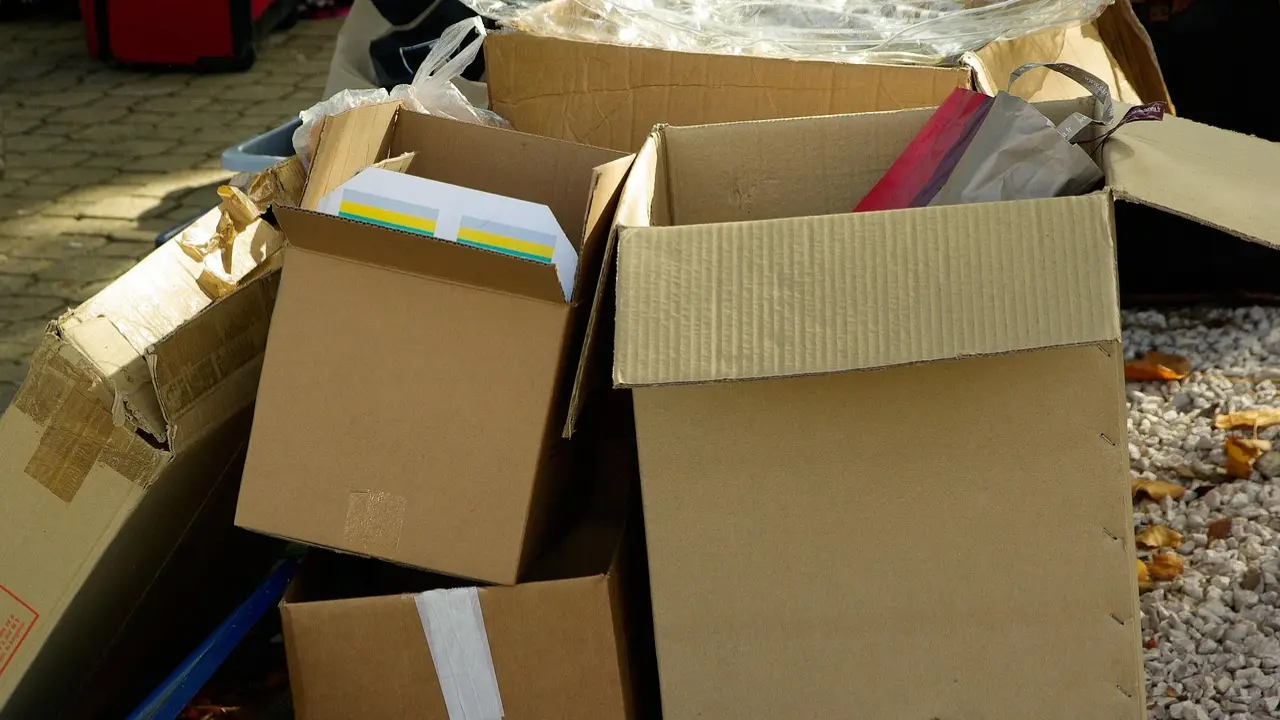Summary
Inverloch residents on Victoria’s Bass Coast believe a rock bag wall will solve their erosion problem, but a similar wall nearby has simply shifted the issue up the beach.
Source: Abc

AI News Q&A (Free Content)
Q1: What recent efforts have been made to combat coastal erosion at Inverloch?
A1: Recent efforts at Inverloch have included significant financial investment in coastal works. In the financial year 2024/25, $330,000 has been allocated to these efforts, with the Victorian Government’s Department of Energy, Environment and Climate Action contributing $60,000 for sand renourishment. The Bass Coast Shire Council remains committed to managing coastal erosion through flexible budgeting and ongoing monitoring of coastal conditions.
Q2: Why do Inverloch residents believe a rock bag wall could solve their erosion problem?
A2: Inverloch residents believe a rock bag wall could be an effective solution due to its potential to prevent further erosion. The proposal, endorsed by a majority during a town hall meeting, suggests that a rock bag revetment could stabilize the beach. However, experts warn that such structures might alter natural sand and wave movements, potentially shifting the erosion problem elsewhere.
Q3: What are the potential downsides of using rock bag walls for coastal erosion control at Inverloch?
A3: The use of rock bag walls, while potentially beneficial in preventing erosion at specific locations, can have downsides. These structures might lead to erosion in front of the wall, lowering the beach level, and may not help sand remain on the beach. Additionally, they could shift erosion issues to other areas, as seen with a similar wall at Cape Paterson-Inverloch Road.
Q4: How does the 'Cape to Cape Resilience Project' aim to address erosion at Inverloch?
A4: The 'Cape to Cape Resilience Project' focuses on adapting to coastal hazards along the 5 km coastline from Flat Rocks to Screw Creek. The project initially considered the use of rock revetments but found that these could exacerbate erosion issues. The project emphasizes a more integrated approach, possibly involving sand renourishment and other structures like groynes.
Q5: What scholarly research supports integrated coastal management solutions for erosion?
A5: Scholarly research, such as the study titled 'Analysis of some solutions to protect the western tombolo of Giens,' supports integrated coastal management. The study found that beach replenishment and breakwaters were effective in stabilizing beaches. Such integrated approaches can be crucial in managing erosion without shifting problems to other areas.
Q6: What technological advancements are being used to monitor coastal erosion effectively?
A6: Technological advancements, including satellite imagery and deep learning methods, are increasingly used to monitor coastal erosion. For instance, the Landsat Irish Coastal Segmentation (LICS) dataset has facilitated the development of deep learning methods for coastal water body segmentation, achieving high accuracy in monitoring changes.
Q7: How has climate change influenced the study of coastal erosion in recent years?
A7: Climate change has heightened the focus on coastal erosion due to rising sea levels and increased storm frequency. Research such as the 'Gaussian Process Regression for Arctic Coastal Erosion Forecasting' highlights the need for advanced modeling techniques to predict erosion patterns, taking into account climatological changes and their impact on coastal morphology.
References:
- Enhancing coastal water body segmentation with Landsat Irish Coastal Segmentation (LICS) dataset
- Gaussian Process Regression for Arctic Coastal Erosion Forecasting




